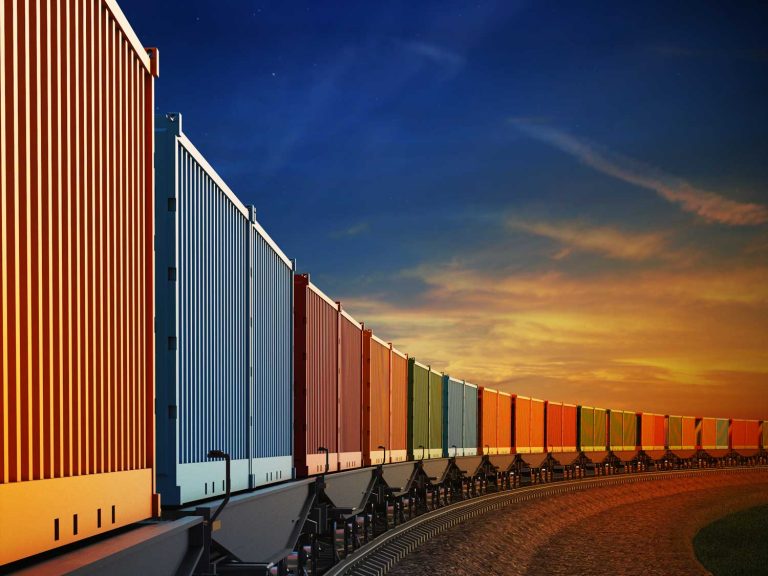
Date:
China – Europe rail options expand further
October sees the launch of a new multimodal sea-rail service from Altynkol on the Chinese border, to Hamburg, boasting transit times of 12-14 days from Chongqing to Hamburg.
The service, a strategic joint venture between Russian Railways subsidiary JSC and Frankfurt based Belintertrans (BIT-Germany) will initially consist of two train departures every day for Hamburg, with technology synchronising operations, to reduce shipping times.
JSC and BIT intend to coordinate the movement of their trains with the shipping lines’ fixed timetables, reserving specified volumes of cargo for each sailing, with transshipments between the different modes carried out in accordance with agreed schedules.
UTLC ERA will arrange the container rail transport between Altynkol and ports in the Kaliningrad region, while BIT-Germany will organise the sea container leg to Hamburg.
With the companies operating together, shippers will have a single platform for all the shipping documentation along the route, and an end-to-end price; a single transportation package, for the smooth movement of containers along the entire route.
With the demand for sea freight from Asia accelerating and likely to continue into November or even early 2021, well beyond when the peak typically subsides and the shipping lines continuing to restrict capacity, alternative services have to be welcomed.
Throughout 2020 we have seen rail and intermodal services becoming more popular, with Maersk announcing this month that its test sea/rail/sea service (AE19) would become a permanent weekly service, following its successful trial.
AE19 covers short-sea routes from Korea, Japan and China to Nakhodka in the far east of Russia, switching to rail to St Petersburg, followed by another short-sea service to European ports.
In large part due to demand, with volumes were up 36% year on year, rail services endured significant congestion in July, leading to long delays in places.
To address one hot-spot, Russian Railways will rebuild and modernise the infrastructure at the Valjevo-Vrbnica border with Montenegro. Work starts in 2022.
Much of the current demand is being created by PPE movements into mainland Europe which are still critical although air freight is being avoided due to cost. Currently most of the capacity is through to Germany or Spain terminals with feeder or trucking to The UK which makes this mode less attractive due to increased length of transit adding a further 7 days to the railhead to railhead transit time.
If you have any questions regarding these rail developments or would like further information, updates, or the latest market pricing please contact Chris Carlile or Grant Liddell.
